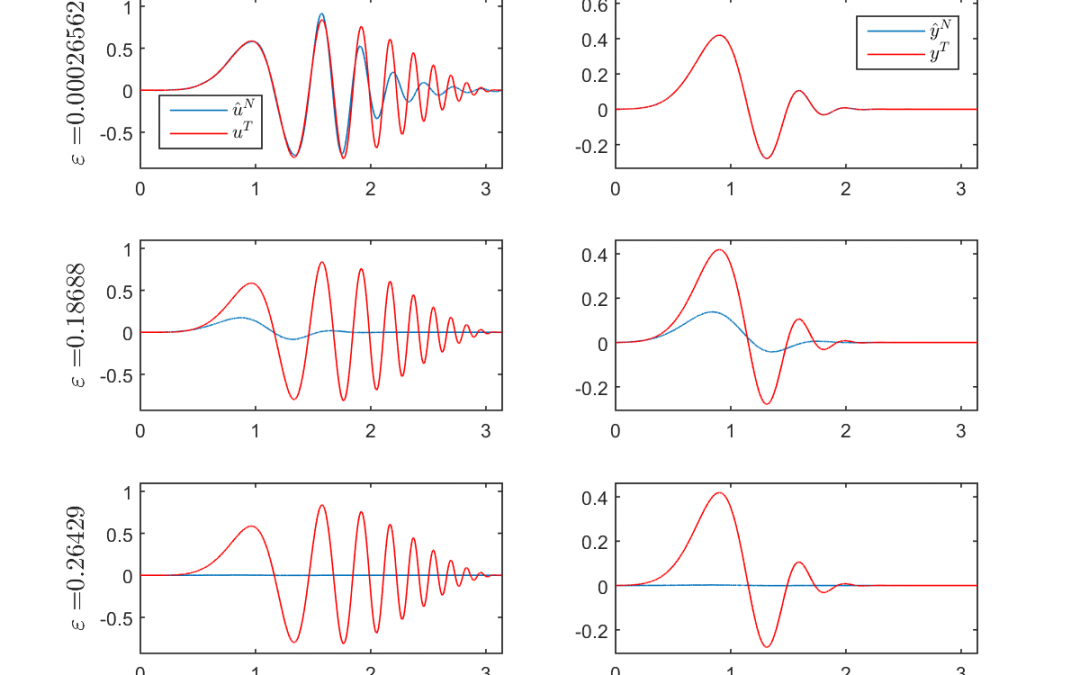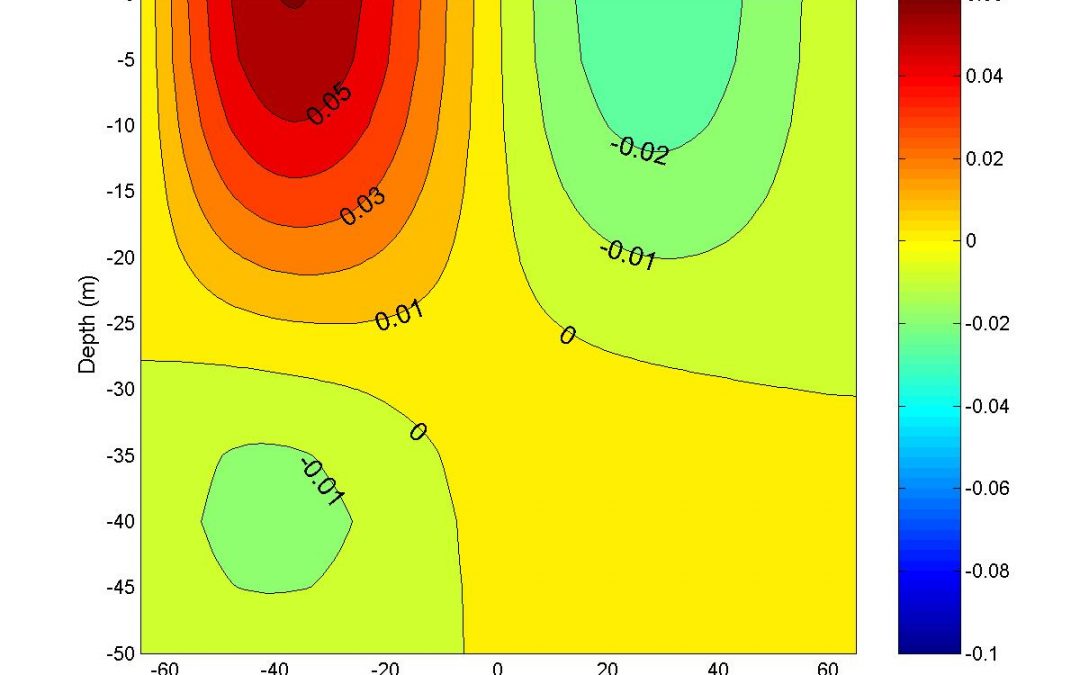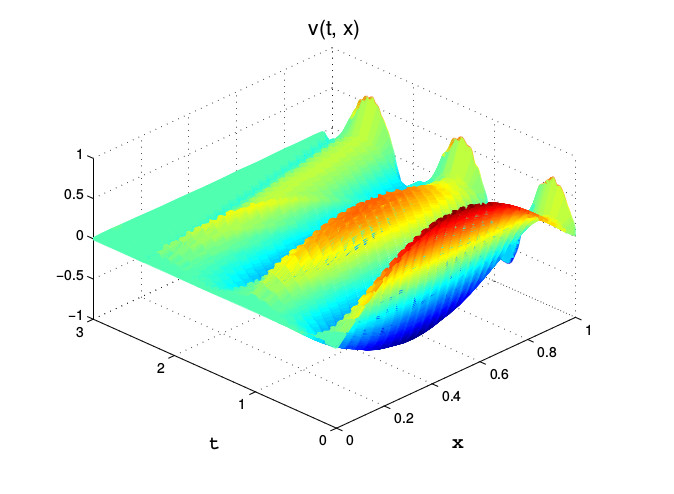
by administrator | Jun 27, 2017 | Uncategorized
This paper deals with an optimal control problem of Bolza type for a class of parabolic equations. It consists in finding the initial datum that minimises a cost functional, which comprises an energy term on the control and a regulation term given by a distributed cost on the state, and such that the final state lies within a prescribed distance to a given target. Beyond the particularities of the chosen problem, our aim here is to propose a new methodology –?based on a spectral decomposition of the operator governing the evolution of the system–?, describe its implementation for this kind of problem, and finally perform some preliminary numerical experiments to assess its behavior.
Optimal control of parabolic equations by spectral decomposition (PDF Download Available). Available from: https://www.researchgate.net/publication/296678908_Optimal_control_of_parabolic_equations_by_spectral_decomposition

by administrator | Jun 27, 2017 | Uncategorized
A simple diagnostic model, reproducing circulation in lakes and marginal seas in which low-density waters are found close to the coasts while high-density waters dominate the offshore areas, is developed. An explicit solution is obtained for the central transverse section of an elongated basin, assuming that the Boussinesq and hydrostatic approximations are valid and that the alongshore variability vanishes. The model reveals cyclonic circulation that may either extend throughout the vertical (type C) or may top anticyclonic circulation developed in the bottom layer (type C/A). With the amplitude of the imposed density anomaly being fixed, the flow type is controlled by the frictional processes and by the basin dimensions. In a typical basin, type C/A flow is supported by weak bottom and vertical friction and by moderate lateral friction, unlike type C flow, which is supported by moderate bottom and vertical friction and by weak lateral friction. Strong frictional influence, especially in the basin interior, suppresses the flow everywhere. The flow is also suppressed in a basin that is narrow O(1 km) and shallow O(10 m), even without the frictional control being too strong. A basin that is narrow and deep favors type C/A flow, whereas a basin that is wide and shallow tends to support type C flow. The theoretical findings are related to observations, particularly those originating from the Adriatic Sea where type C flow prevails but may occasionally be replaced by type C/A flow, as well as to previous modeling results.
Cyclonic versus Anticyclonic Circulation in Lakes and Inland Seas (PDF Download Available). Available from: https://www.researchgate.net/publication/240687870_Cyclonic_versus_Anticyclonic_Circulation_in_Lakes_and_Inland_Seas [accessed Jun 27, 2017].

by administrator | Jul 21, 2016 | Uncategorized
We analyse the problem of controllability for parameter dependent linear finite-dimensional systems. The goal is to identify the most distinguished realisations of those parameters so to better describe or approximate the whole range of controls. We adapt recent results on greedy and weak greedy algorithms for parameter dependent PDEs or, more generally, abstract equations in Banach spaces. Our results lead to optimal approximation procedures that, in particular, perform better than simply sampling the parameter-space to compute the controls for each of the parameter values. We apply these results for the approximate control of finite-difference approximations of the heat and the wave equation. The numerical experiments confirm the efficiency of the methods and show that the number of weak-greedy samplings that are required is particularly low when dealing with heat-like equations, because of the intrinsic dissipativity that the model introduces for high frequencies.
More here: http://www.sciencedirect.com/science/article/pii/S0005109816303338#a000005



